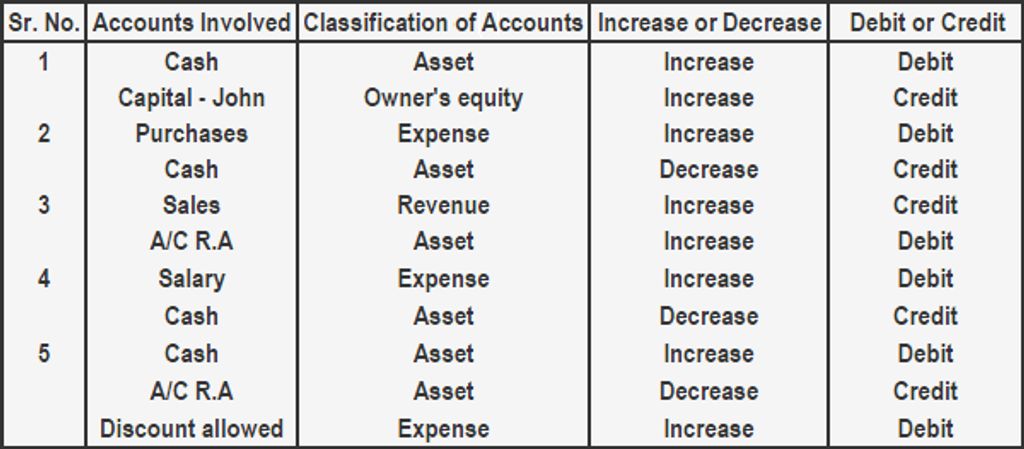In today’s digital age, transactions play a crucial role in various aspects of our lives. However, finding transactions without key details can be a significant challenge. This article explores the importance of accurate transaction details and discusses various techniques for identifying transactions with missing information.
Key Takeaways
- Incomplete transaction information can have a significant impact on business operations and customer satisfaction.
- Identifying transactions without key details requires advanced data analysis and pattern recognition techniques.
- Transaction metadata can provide valuable insights for finding transactions with missing information.
- Collaboration with external data sources can enhance the accuracy and completeness of transaction details.
- Ensuring accurate transaction details is crucial for fraud detection and prevention.
The Importance of Accurate Transaction Details
The Impact of Incomplete Transaction Information
Incomplete transaction information can pose significant challenges in our search for transactions without key details. Without complete and accurate information, we may struggle to identify and analyze these transactions effectively. This can hinder our ability to detect patterns, trends, and anomalies that could be crucial in understanding and resolving issues related to these transactions. Incomplete information may also lead to missed opportunities for unlocking success and optimizing our processes.
Challenges in Identifying Transactions without Key Details
Identifying transactions without key details can pose significant challenges for us. Without complete information, it becomes difficult to accurately analyze and categorize transactions. This can lead to delays in processing and potential errors in identifying high-risk payment gateway security. We understand the importance of accurate transaction details and strive to overcome these challenges through advanced processing solutions and techniques.
Techniques for Finding Transactions with Missing Details

Data Analysis and Pattern Recognition
In our search for transactions with missing details, we employ advanced data analysis and pattern recognition techniques. These methods allow us to uncover hidden patterns and trends that may not be immediately apparent. By analyzing the available transaction data, we can identify common characteristics and behaviors that can help us in our search.
Utilizing Transaction Metadata
When it comes to finding transactions with missing details, transaction metadata plays a crucial role. By analyzing the available metadata, we can uncover valuable insights that help us identify and understand these transactions. Metadata provides information about the transaction, such as the date, time, location, and the parties involved. It also includes details about the payment processing method used, which can be particularly useful in our search.
Collaboration with External Data Sources
In order to overcome the challenges of finding transactions without key details, we leverage the power of collaboration with external data sources. By partnering with trusted third-party providers, we gain access to additional information that can help us fill in the missing pieces of the puzzle. This collaboration allows us to enhance our data analysis and pattern recognition capabilities, enabling us to identify transactions that would otherwise remain unidentified. Through this collaborative approach, we are able to minimize the business risk assessment associated with incomplete transaction information.
Conclusion
In conclusion, the accurate and complete details of transactions play a crucial role in various business processes. The impact of incomplete transaction information can lead to significant challenges in identifying transactions without key details. However, there are techniques available to overcome these challenges. Data analysis and pattern recognition, along with the utilization of transaction metadata, can help in finding transactions with missing details. Additionally, collaboration with external data sources can provide valuable insights. By implementing these techniques, businesses can improve their ability to search and identify transactions, ensuring efficient and effective operations.
Frequently Asked Questions
1. Why is it important to have accurate transaction details?
Accurate transaction details are crucial for various reasons, including financial analysis, fraud detection, and customer support. Without accurate details, it becomes challenging to perform these tasks effectively.
2. What is the impact of incomplete transaction information?
Incomplete transaction information can lead to errors in financial reporting, hinder data analysis, and make it difficult to reconcile accounts. It can also result in delays in identifying and resolving issues.
3. What are the challenges in identifying transactions without key details?
Identifying transactions without key details can be challenging due to the lack of specific information required for matching, categorization, or verification. It may require additional manual effort and time-consuming processes.
4. How can data analysis and pattern recognition help in finding transactions with missing details?
Data analysis and pattern recognition techniques can be used to identify patterns and trends in transaction data, even when key details are missing. By analyzing other available information, it is possible to make educated guesses or predictions about the missing details.
5. How can transaction metadata be utilized to find transactions with missing details?
Transaction metadata, such as timestamps, transaction types, or involved parties, can provide valuable clues for identifying and linking transactions with missing details. By analyzing the metadata, it is possible to narrow down the search and increase the chances of finding the desired transactions.
6. How can collaboration with external data sources aid in finding transactions without key details?
Collaborating with external data sources, such as banks, payment processors, or third-party platforms, can provide access to additional transaction information that may be missing in the internal records. By leveraging these external sources, the chances of finding transactions without key details can be improved.








